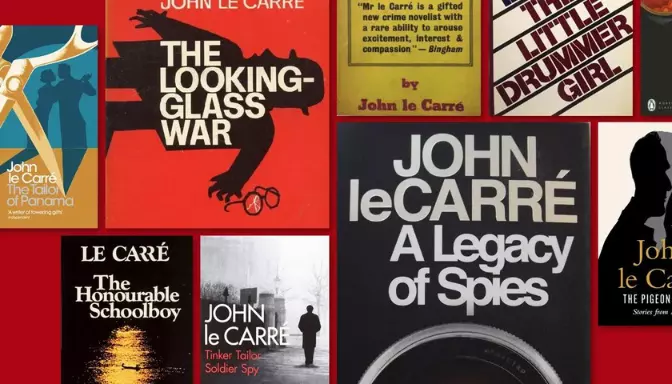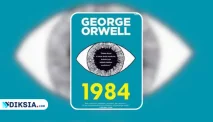This way, you can get a better sense of the continuity and development of his characters and their stories, as well as the historical background of the Cold War and its aftermath.
However, this method is not always straightforward, as some novels have overlapping or vague timelines, and some novels are prequels or sequels to others.
Here is a possible chronological order of John le Carré books, based on the best estimates of when they take place:
- Call for the Dead (1961) – set in 1958
- A Murder of Quality (1962) – set in 1961
- The Spy Who Came in from the Cold (1963) – set in 1962
- The Looking Glass War (1965) – set in 1963
- Tinker Tailor Soldier Spy (1974) – set in 1973
- The Honourable Schoolboy (1977) – set in 1974
- Smiley’s People (1979) – set in 1977
- The Secret Pilgrim (1990) – set from 1950s to 1980s
- A Legacy of Spies (2017) – set in 2017 with flashbacks to 1950s and 1960s
- A Small Town in Germany (1968) – set in late 1960s
- The Naïve and Sentimental Lover (1971) – set in late 1960s
- The Little Drummer Girl (1983) – set in early 1980s
- A Perfect Spy (1986) – set from 1930s to early 1980s
- The Russia House (1989) – set in late 1980s
- The Night Manager (1993) – set in early 1990s
- Our Game (1995) – set in mid 1990s
- The Tailor of Panama (1996) – set in late 1990s
- Single & Single (1999) – set in late 1990s
- The Constant Gardener (2001) – set in early 2000s
- Absolute Friends (2003) – set from 1960s to early 2000s
- The Mission Song (2006) – set in early 2000s
- A Most Wanted Man (2008) – set in early 2000s
- Our Kind of Traitor (2010) – set in late 2000s
- A Delicate Truth (2013) – set in early 2010s
- Agent Running in the Field (2019) – set in 2018
- Silverview (2021) – set in early 1990s
Thematic Categories
A third way to read John le Carré books is to group them by their thematic categories, which reflect his different interests and focuses throughout his career. This way, you can explore the various aspects and genres of his writing, as well as the common threads and contrasts among his novels.






